Noel Carmack: painting Southeastern Utah’s history
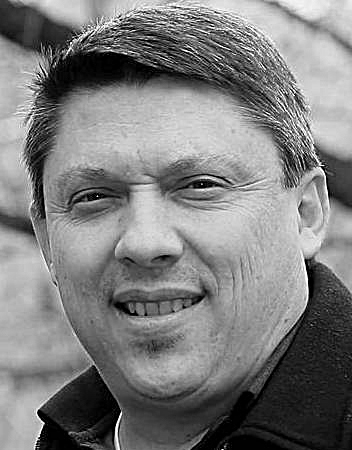
?
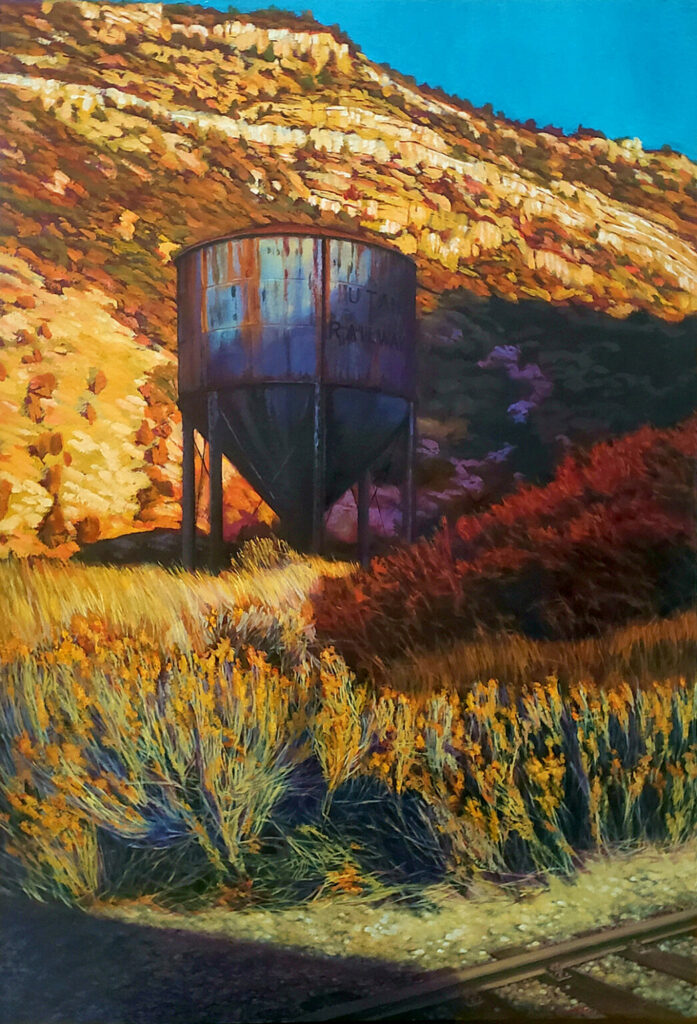
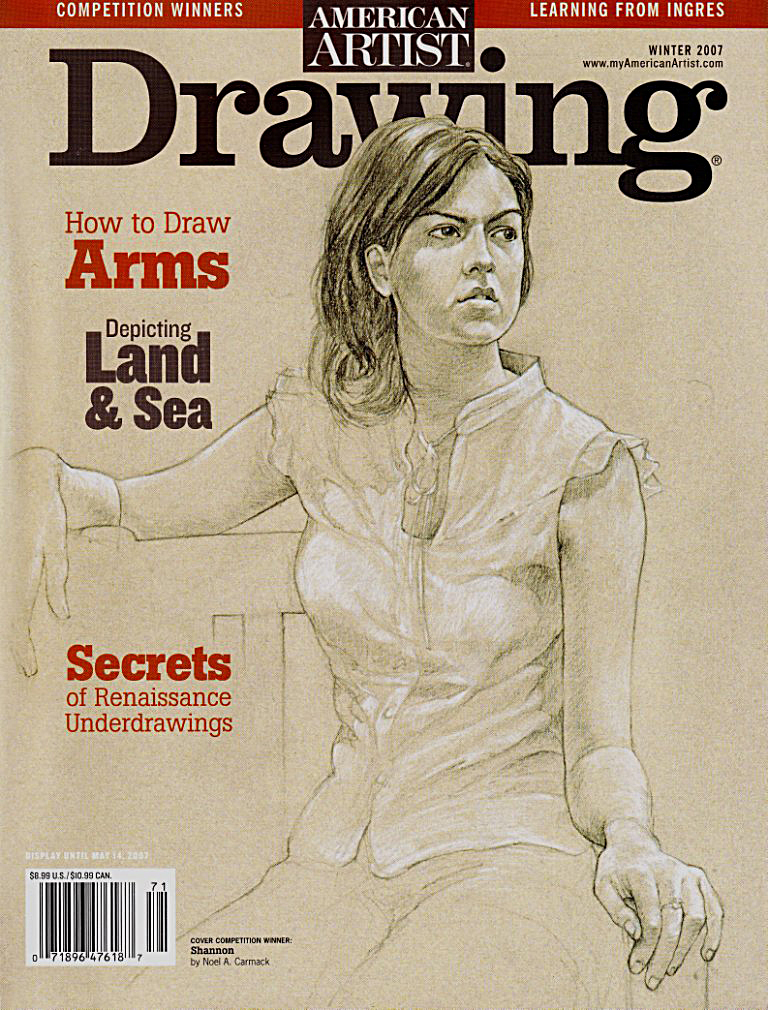
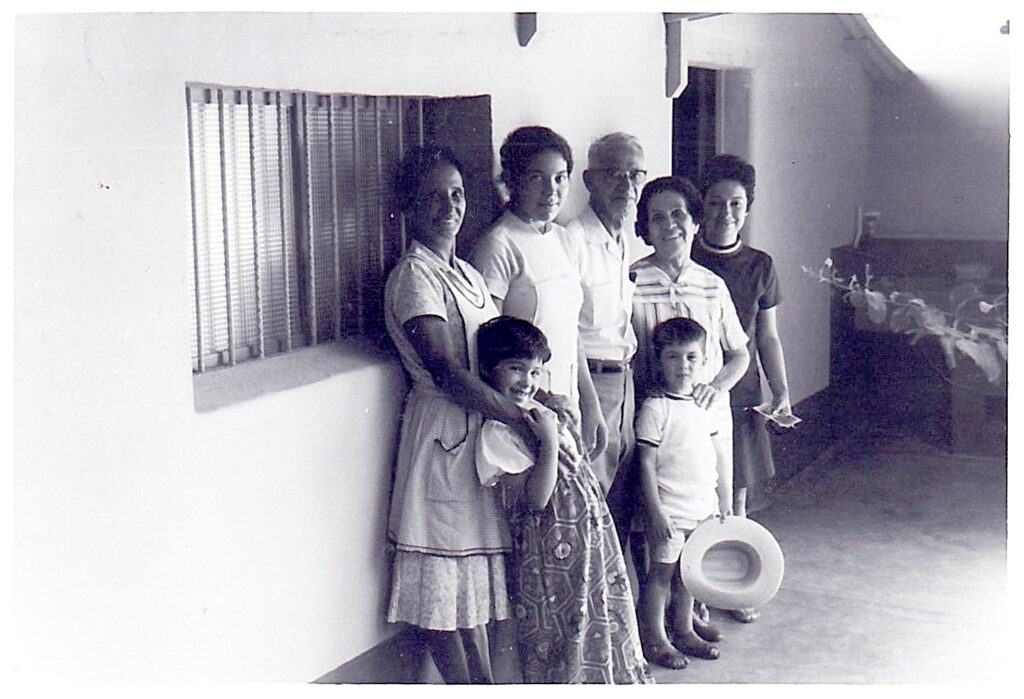
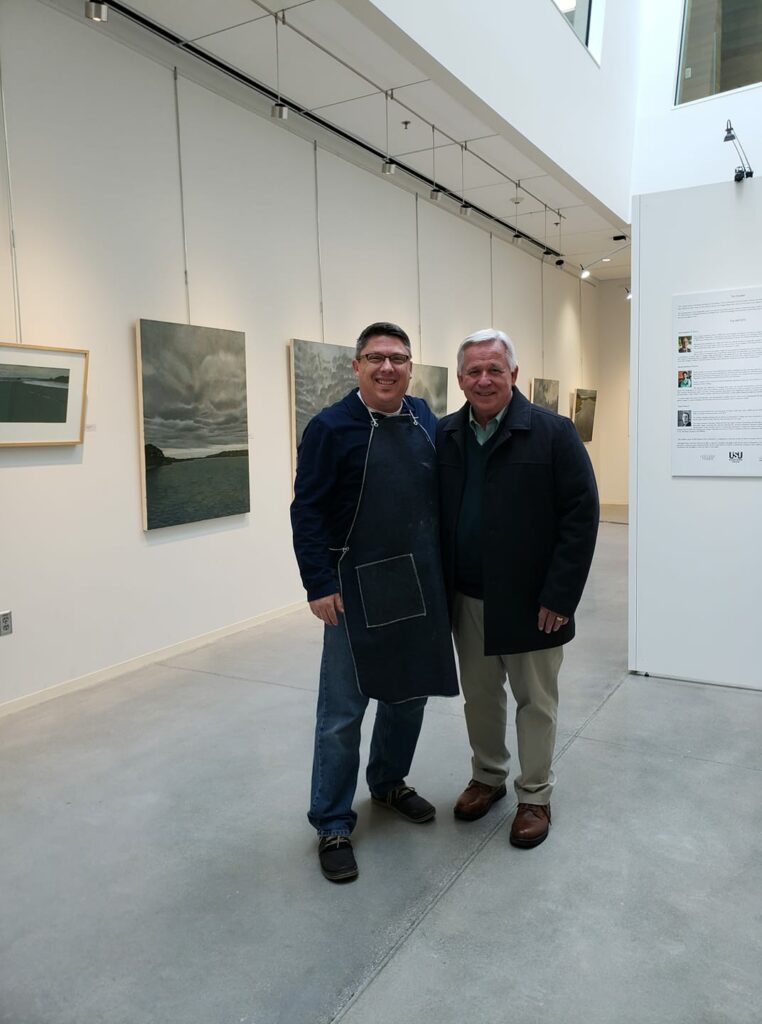
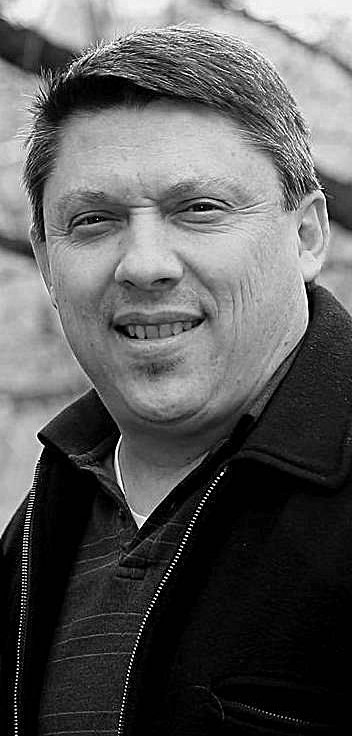
?
Eastern Utah is home to stunning outdoor views and a thriving art community. Since 2008, Utah State University Eastern’s Noel Carmack, associate professor of art, contributed to the local and national artistic scene with award-winning drawings and paintings. In fact, before he took his full-time position at USUE, he was honored as the first winner of Drawing magazine’s Cover Competition in 2007. In addition to teaching, painting and drawing, Carmack is the director of USUE’s Gallery East.
Carmack’s mother is from Guatemala and his father is from Arizona. He was born in California and lived there until 1977 when his parents divorced. He was inspired by the art of his great grandmother, Effie Carmack, a self-taught artist from rural Kentucky.
“Seeing her work as a child made me want to become an artist as well. Fortunately, both my parents were very supportive of my aspirations,” he said.
He lived with his mother in Mesa, Arizona, and later attended Mesa Community College until he decided to pursue a degree in art from USU’s illustration program.
After serving a two-year LDS mission in the Midwest, he saved money for a bus ticket and left Arizona for Logan, Utah, with nothing but three bags of luggage.
After arriving, he had to find a place to live and work. He stayed with a friend from his mission until he found an apartment. Eventually, he found meaningful work in the special selections department at the USU library. “That’s my humble beginnings story,” he laughed as he recalled that time.
After graduating, he worked as a preservation librarian at USU. Although he started in this position as an undergraduate student, it became a full-time faculty position. He received tenure as a librarian in 2003.
Carmack attended USU for his master’s degree in drawing and painting. After earning an MFA, Carmack was hired by the College of Eastern Utah in 2008 as an art teacher.
Due to the threat of closure during the recession, CEU merged with USU in 2010. The art department was the first to be downsized. At one time, Carmack was the only teacher left in the art department. “It was an intense time. I lost my three colleagues and didn’t know if my position would be eliminated as well,” he said.
During the transition from CEU to USUE, he was involved with the design of visual arts facilities in the Central Instruction Building. The building would hold all the arts: music, art and theater.
Before the CIB was built, each had its own building. Carmack specified the needs of the visual arts in the design plan. The CIB made it possible to bring ceramics classes to the campus and created a space for an art gallery.
After working for USU again, this time at the Eastern campus, Carmack became a tenured member of the faculty for the second time. It’s rare for someone to go through the tenure process twice, let alone go through the process twice for the same university.
He recently returned from an artistic sabbatical. While on sabbatical, he worked on a project of painting local subjects.
These subjects include landscapes which feature the impact of humans on the land: farms, fruit trees, railroads and the energy industry.
“I wanted to keep the human element in the paintings,” he said. He painted many scenes in Utah: the Summerville ghost town, Sunnyside coking ovens, views of the Hunter Power Plant and a railroad scene just outside of Green River.
He is constantly planning paintings. He carries a camera with him at all times in case he runs into the perfect subject. His painting, “Sunrise on the Utah Railway,” was somewhat challenging because he wanted to make sure to get the lighting exactly right. He and his wife got up early one morning and captured a photo of the water tank at the mouth of Price Canyon just as the magical moment passed.
His work was featured in the USUE Art Faculty 2021 Exhibition and during the “Petite” exhibit at the Eccles Art Center in Ogden, Utah, at the beginning of 2021.
Of his art, he said, “I am determined to create work that has a reverence for things that touch upon the human spirit. Most of all, I want to create images that are deeply meaningful and expressive.”
Not only is Carmack passionate about art, he has a passion for history as well. He published a book and dozens of articles on the history of art, art conservation and LDS Church history.
Carmack is working on painting portraits of miners in their mining equipment and is looking for models for his research. If interested, contact him at USUE Gallery East.
His artwork is displayed on his website: noelcarmack.comPainting SE Utah’s history of Southeast Utah




